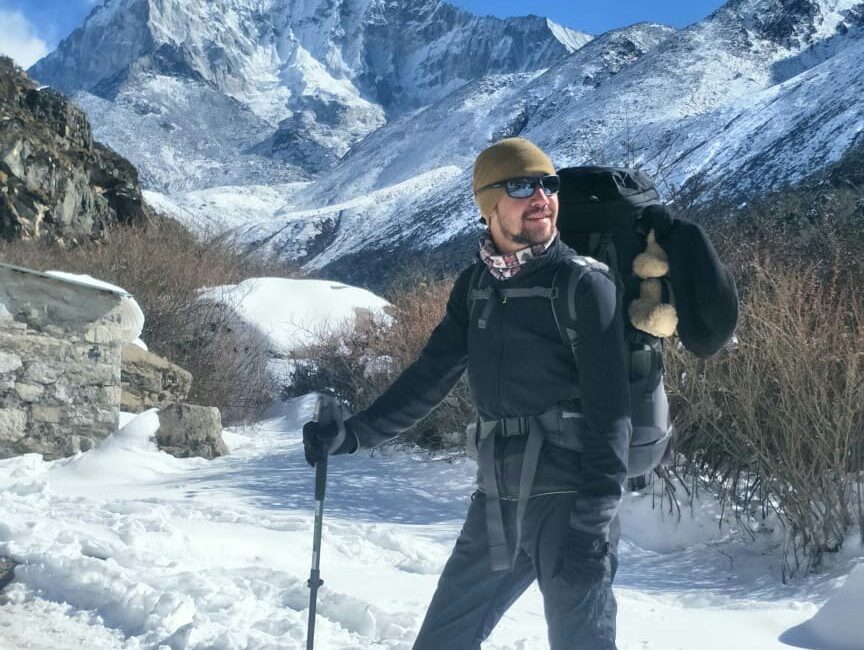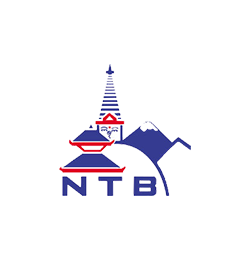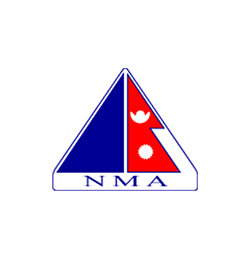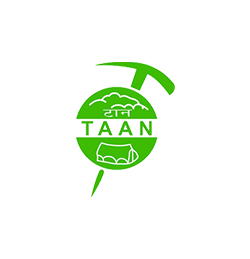
Nepal is famous for trekking as it lies on the lap of the high Himalayas. The country boasts of various prominent trekking locations like Mount Everest and Annapurna Circuit. The mountain ranges go from east to west, and thus trekkers have vast choices of trekking routes from easier to strenuous ones.
Before starting any trek, it is crucial to be physically and mentally prepared. This is much needed in Nepal since most of the regions have their own local culture and norms. This might pose an obstacle for some people, especially if it’s there the first time. Thus, there are a few things to be noted and prepared beforehand.
Research the destination/region
Before anything else, it is important to learn about the destination you wish to trek. The condition of the trail, type of lodging, costs of foods, and so on. For example, the Everest base camp trek is a popular destination, so there is a proper trail is most of the region with various teahouses and lodges. The food may be costlier in high altitudes. However, this might not be the case for other trekking routes.
Learn the local culture
Most of the trekking regions lie in rural areas, with the local communities having their own culture, which might be new for foreigners. Thus it is better to learn more about the local culture of the place. Many materials give more insight into this topic on the internet. If you plan to go solo trekking, it is important to do so. Otherwise, if you trek with guides, they will help you be more familiar with the local ways.
Know the best season to travel
The country has mainly four seasons: spring (March-May), summer/monsoon (June-August), autumn (September-November), and winter (December-February). The recommended seasons are spring and autumn, as the weather is stable with tolerable temperatures. The skies are clear during these months, so there are high chances of seeing scenic views. However, that doesn’t mean you can trek during summer and winter.
Stamina building and physical fitness
You don’t have to be the fittest while trekking, but it is recommended to build stamina and exercise before trekking. If this is your first time trekking, it will be beneficial. It is also important to note that trekking is not only walking continuously. So through exercise, you can know your limits and physically prepare for higher altitudes.
Know about altitude sickness and get prepared
Most routes have much uphill and downhill, and when you rigorously walk to higher altitudes, you may suffer from altitude sickness. It is important to take breaks and inform your guide if you have symptoms of altitude sickness. You must take rest and have medications if you suffer from it.
Do medication and vaccination
If you are taking medicines, it is best to carry them with you depending on the length of stay. There may be chances that your medication is not sold in the country or runs out during the trek. Similarly, it’s best to be vaccinated before you start the trek. Hepatitis (A and B), malaria, typhoid fever, Japanese encephalitis, and meningitis are some of the recommended vaccines.
Pack wisely
Trekking pants, shirts, trekking bags, trekking shoes, sunglasses, water bottles, jackets, water purifiers, and sleeping bags are essential things you need to pack. If you have your trekking gears, then you can bring it. Otherwise, there are plenty of shops in Kathmandu that sell/rent essential trekking items.
Book Early
Nowadays, it is easier to book treks to your desired location. There are many travel agencies online where you can see and compare prices and their facilities. You can instantly be in touch with them and ask your queries. You can also choose to travel with or without a guide. The booking guidelines and policies may vary from one to another agency.
Visas and immigration
Except for Indian nationalities, all foreigners need a visa to enter Nepal. If your country has the Nepalese embassy or consulate, you can get your visa beforehand. Otherwise, you can get an “On Arrival” visa from Tribhuvan International Airport, and depending on the length of your stay; you need to pay. However, this is not available for all countries.
Money exchange
Once you arrive at Kathmandu, it is recommended to exchange your money into local currency because most trekking regions only do cash-to-cash transactions. It is also best to carry changes and smaller value notes (like Rs. 100).
Trekking in Nepal might seem a difficult thing to do, but with the necessary preparations done beforehand, you will have the experience of a lifetime. We hope it would help to prepare yourself for Trekking in Nepal






